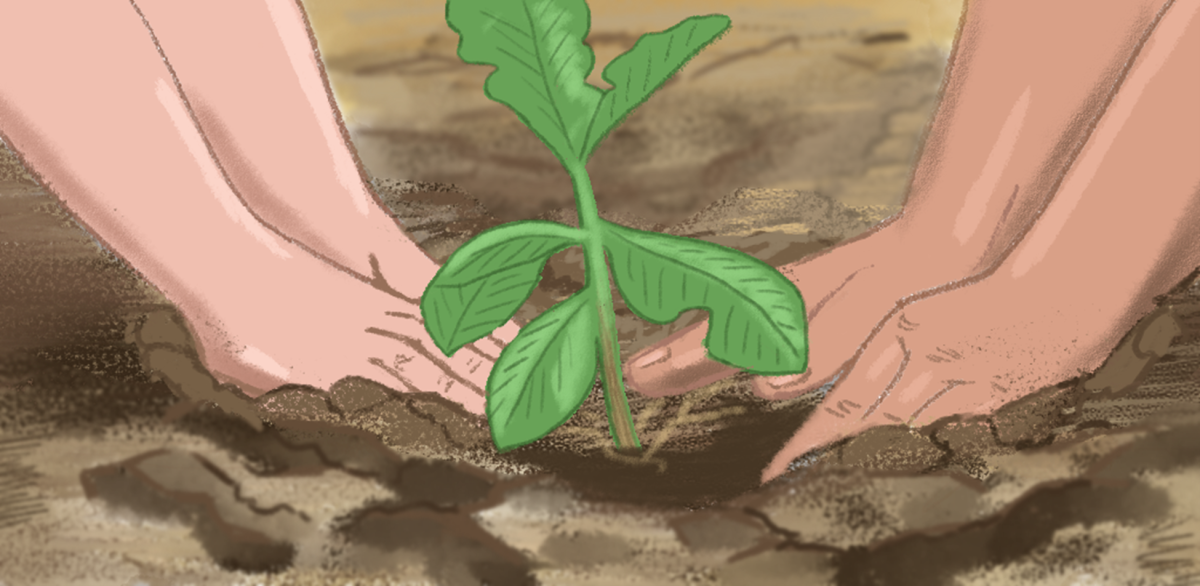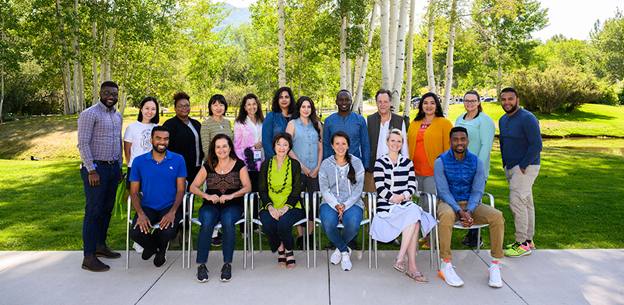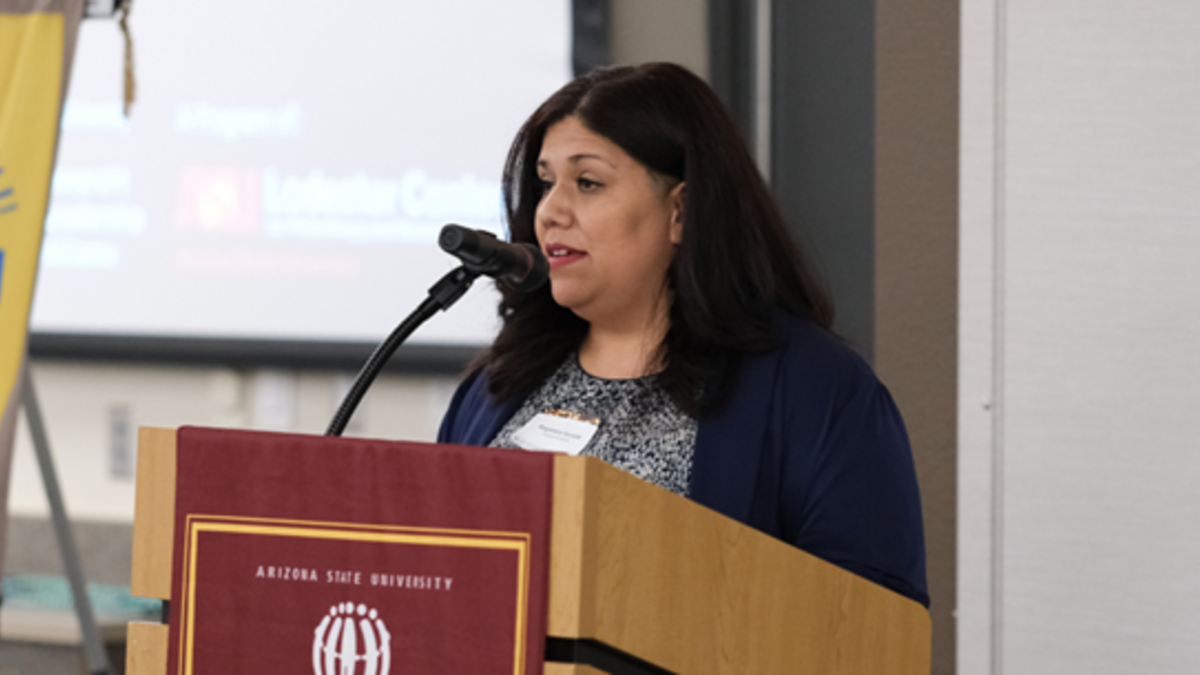Research and recommendations for effective, day-to-day nonprofit practice from ASU faculty, staff, students, and the nonprofit and philanthropic community.

Since the 1980s, nonprofit, for-profit and public organizations have formed partnerships to produce and distribute various goods and services. The growing magnitude and complexity of socioeconomic problems that face societies throughout the world has generated the urgency for cross-sector collaboration to emerge. Examining these cross-sector collaborations reveals advantages for nonprofit leaders seeking greater impact.
In addition, the interdependence between nonprofits, corporations and governments will continue to intensify during the 21st century. In Nonprofit and Voluntary Sector Quarterly, James E. Austin and M. May Seitanidi said, “Collaboration creation will continue to accelerate and likely become the organizational modality of choice in this century.”
What are cross-sector partnerships?
A cross-sector partnership is an alliance between organizations from two or more sectors that commit themselves to working together to develop and implement a specific project. These alliances are becoming more strategically important for all sectors.
They can be from business, government and civil society, and they combine the competencies of each sector to resolve a specified problem or challenge. Public/…
Read more

I knew that nonprofit work was right for me soon after joining the corporate world, when I realized that much of the work was just about making money and maximizing profit. But I had a unique consultant skill set which could be used in the nonprofit world.
Consulting and strategic planning skills have a critical place in the nonprofit sector. Sometimes it can be a place where people have the heart to serve, but do not have the business savviness to run a sustainable nonprofit. That’s changing (thanks to training and education from places like the ASU Lodestar Center), but it’s a place where I knew I could contribute.
My journey began with a nonprofit called TechnoServe where I began utilizing my consulting skills as a volunteer consultant in East Africa. My task in Uganda was to develop strategies for the maize and dry bean industries, in order to increase the income of smallholder farmers.
I never realized how challenging my task would be, as my initial research showed unfamiliar constraints and data that was lacking and sometimes unreliable. Uganda is an interesting country and has been referred to as the “bread basket” of East Africa, with extremely fertile soils and two harvests per season in most regions. It is said to have the potential of feeding all of East Africa. Despite such great potential, Ugandan maize and bean farmers are plagued with poor…
Read more

Changemakers of the world are passionate about their communities and organizations, but helping others ignite their passions and sustain improvement requires sustainability strategies. Sparking action in a community encourages advocates for community engagement; it can be a “potential catalyst, seeking to fan an initial flame.” Hildy Gottlieb, founder of Creating The Future, describes community engagement as “the process of building relationships with community members who will work side-by-side with you as an ongoing partner, in any and every way imaginable, building an army of support for your mission, with the end goal of making the community a better place to live.”
This is connecting and interacting with others, building relationships, cultivating awareness and ensuring these actions are purposeful. The overall consensus from professionals across the state is that outputs – tangible, numerical data – correlate to outreach, while outcomes – documented action – are consistent with engagement.
How does outreach help community engagement?
Outreach is a vehicle for community engagement that can be used for many purposes in organizations. Outreach leads to an action. As Linda Flower suggests, however, in her article…
Read more

It is hard to express in one blog my entire week-long experience with nonprofit leaders from Japan, Syria, Uganda, Nigeria and different parts of the United States at the American Express Leadership Academy 2.0 at the Aspen Institute.
This fellowship, which brings together 15 next-generation leaders each year, has made a profound impact on me and my work, beyond our readings and discussions about Aristotle, Hobbes, Chimamanda, Confucius, Frederick Douglass, Hayek, Soto, Machiavelli, Guha, Plato and Martin Luther King.
I learned that while one person may be inspired by the UN Declaration of Universal Human Rights, another may be angered by it. While one may be proud of the Declaration of Independence, another may be ashamed of it. This is all because of our various personal experiences and social perspectives.
There is not one single story. It is only through time and interactions that we come to see and understand the whole story and connect with one another to make greater social impact.
… Read more

Arizona State University began its fall semester last Thursday, while Public Allies Arizona will kick off its 14th year next week. The PAAZ team reached out to someone who can speak about both: Class 13 Public Ally Magdelena “Maggie” Saucedo, who joined the program after graduating from ASU with a bachelor’s degree in Nonprofit Leadership and Management and earning the Certified Nonprofit Professional credential from the Nonprofit Leadership Alliance. She served as the president of ASU’s Nonprofit Leadership Alliance Student Association during her final year in the program. With Public Allies, she is placed at Maryvale Revitalization Corporation and completes the program later this year.
PAAZ: What did you intend to use your degree(s) for?
Maggie: To empower people to leverage their voices in building capacity within not only themselves, but also their communities.
PAAZ: Have you used your education thus far?
Maggie: Yes, every day.
PAAZ: How did you choose your major? (and minors or…
Read more